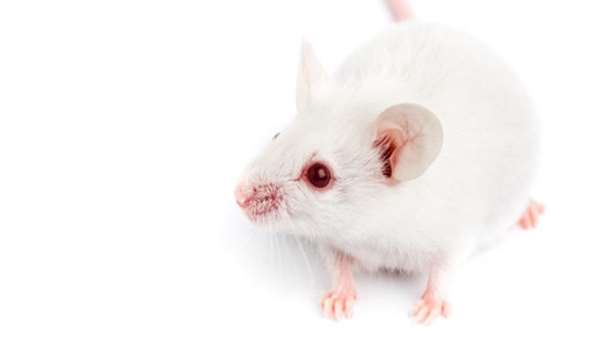CRISPR Gene Drive Used to Alter Mouse Coat Color
n a preprint posted to bioRxiv last week (July 4), researchers at the University of California, San Diego, report using a CRISPR-Cas9 gene drive in mammals for the first time.
n a preprint posted to bioRxiv last week (July 4), researchers at the University of California, San Diego, report using a CRISPR-Cas9 gene drive in mammals for the first time. Gene drives ensure that offspring preferentially inherit one parent’s particular allele, so that a variant can quickly spread through a population even if it is detrimental to reproduction or survival. The UCSD researchers were able to get a drive to work in the germlines of developing female mice, but only some of the time; on average, the offspring inherited the desired allele 73 percent of the time (as opposed to the typical 50 percent without a gene drive).
“These results demonstrate that the CRISPR/Cas9 gene drive mechanism can be implemented to simplify complex genetic crosses in laboratory mice and also contribute valuable data to the ongoing debate about applications to combat invasive rodent populations in island communities,” the authors write in their report.
Gene drives have drawn wide attention and controversy for their potential to help control disease-carrying mosquito populations by spreading alleles that cause infertility. The new study breaks fresh ground by exploring whether the CRISPR-Cas9 editing technique can successfully implement a gene drive in mammals—in this case, by spreading a gene for white coat color. The results are “an indication it could work, but it’s also sobering,” geneticist Paul Thomas of the University of Adelaide in Australia who was not involved in the research tells Nature. “It’s a lot longer to go where you could consider gene drives for a useful tool for population control of rodents.”
Reference:https://www.nature.com/articles/d41586-018-05665-1





ارسال به دوستان